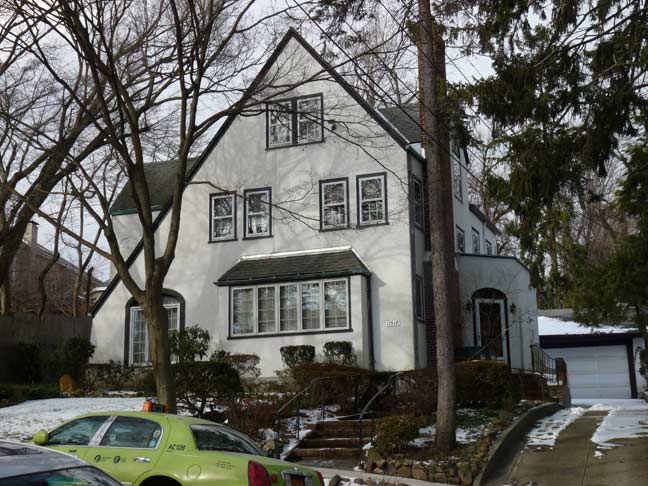

I really don’t mind jury duty — for the most part you sit in a quiet room without noisy kids and read for a few hours. I once got on a civil case but it was decided the same day.
Anyway, that day I remember the old white and blue Queens boro street sign that was still in place that day — I got its photo, seen at left. It has since been replaced in regulation green and white.
The name Curzon, or Coursen, is a longstanding British name; probably the most famed Curzon was George Nathaniel Curzon, 1st Marquess Curzon of Kedleston (1859-1925) who was Viceroy of India.
When Albon Platt Man was developing Kew Gardens in the very early 20th Century, he followed the lead of other developers such as Dean Alvord of Prospect Park South in Brooklyn, giving the streets British names to provide a patina of sophistication. Several of these names survicve today, such as Curzon, Grosvenor (pronounced GROVE-ner), Audley, Abingdon, Beverley etc. Some were given numbers during Queens’ great street numbering project of the 1920s and beyond.

Kew Gardens, and its later cousin, Kew Gardens Hills, are known for their eclectic architecture, which remains striking to the present day.
1/12/15